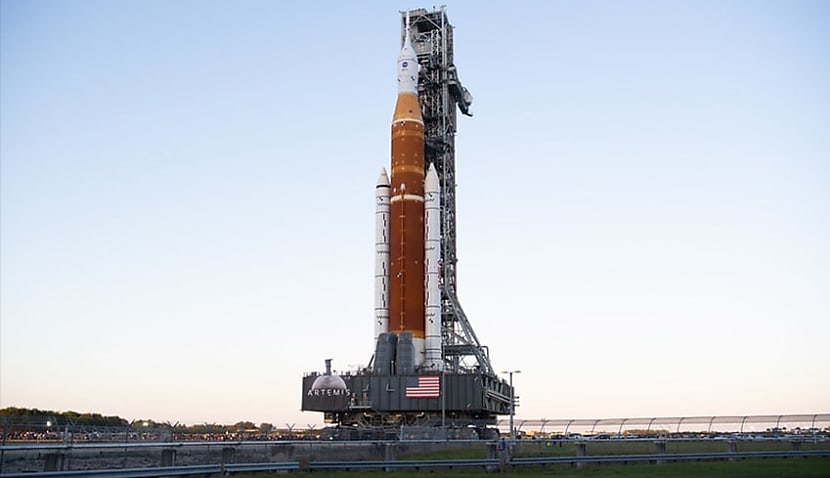Administrator Bill Nelson told the National Press Club in Canberra on Thursday that the AUKUS agreement would also have knock-on effects for improving collaboration between the two countries on space.
“You’re going to have additional new technologies and a new, highly educated and technological workforce as a result of that agreement. Why not have the parallel development of a space economy?”
Nelson’s visit, which also took in Adelaide, significantly also marked the first time a sitting NASA administrator has come to Australia since 2014.
Also speaking in Canberra, Pamela Melroy, NASA’s deputy administrator, added that having partners with launch capability actually enhances the United States’ resilience.
“We have all kinds of shared agreements, for example, with the European Space Agency, which has a launch capability,” she explained. “Sometimes they build a satellite, and we put an instrument on it, and they launch it.
“Sometimes we build a satellite, and they put an instrument on it, and we launch it. And even the James Webb Space Telescope was too large to fit on any of the rockets that were available at the time, so we worked out a partnership with ESA and they nailed it.
“They put it into space, just where it needed to be. So there’s a strong aspect of resilience as well, for both countries.
“And that’s one tremendously important aspect of this growing space economy. We trade in so many ways we must be partnered and do trade in the area of space too.”
Space is impacting every single industry: agriculture, oil and gas, mining and maritime. There’s never been a demand for less bandwidth and less information, and space is the best place to get it.
“So having those partnerships, I think will allow us to lift both industries.”
The comments come days after the Australian federal government said it would grant two consortiums $4 million each to develop prototypes for lunar rovers as part of its landmark Moon to Mars Trailblazer initiative.
The Australian Remote Operations for Space and Earth (AROSE) consortium and the EPE and Lunar Outpost Oceania consortium will each use the investment to develop a semi-autonomous device that could collect regolith soil samples from the moon’s surface for analysis.
The Moon to Mars initiative is a $150 million investment over five years to drive the growth of Australia’s space sector. Its flagship “trailblazer” element specifically aims to support NASA’s space exploration program and its plan to return humans to the moon before exploring Mars.

Adam Thorn
Adam is a journalist who has worked for more than 40 prestigious media brands in the UK and Australia. Since 2005, his varied career has included stints as a reporter, copy editor, feature writer and editor for publications as diverse as Fleet Street newspaper The Sunday Times, fashion bible Jones, media and marketing website Mumbrella as well as lifestyle magazines such as GQ, Woman’s Weekly, Men’s Health and Loaded. He joined Momentum Media in early 2020 and currently writes for Australian Aviation and World of Aviation.

